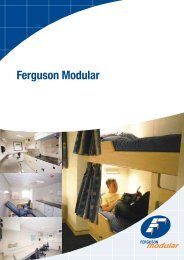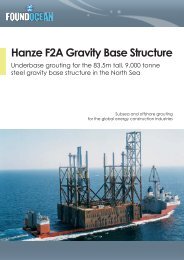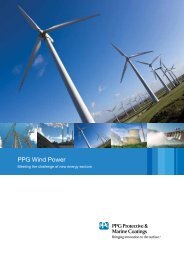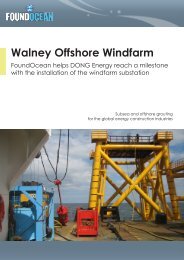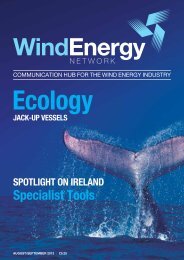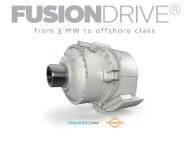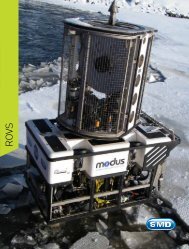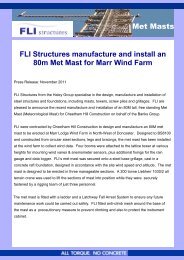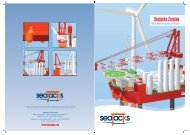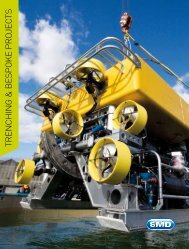WORKING AT HEIGHTS - Wind Energy Network
WORKING AT HEIGHTS - Wind Energy Network
WORKING AT HEIGHTS - Wind Energy Network
Create successful ePaper yourself
Turn your PDF publications into a flip-book with our unique Google optimized e-Paper software.
Orbis<strong>Energy</strong> EventFuture ofUK Offshore<strong>Wind</strong> in thespotlightHosts RenewableUKMaf Smith, deputy Chief Executive ofRenewableUK, said he was delighted tobring such a significant event to Lowestoftwhich is recognised as a major hub for theoffshore industry.“There is so much going on here and weneed that knowledge from the early daysof Round 1 windfarms as we graduallymove forward into the massive Round 3developments off the coast here.Almost 200 senior figuresfrom across the UK’s offshorewind industry descendedupon Suffolk recently todebate the future of managingoperational wind projects.Delegates assembled to hear whatlessons can be learnt from pioneeringwind farm operators off the East ofEngland coast, and the sharing ofexperiences and thoughts from past andpotential developers which will help shapethe future of the industry.Orbis<strong>Energy</strong> centreThe ‘Asset Management: Reducing Cost,Addressing Risk’ conference was stagedat the prestigious Orbis<strong>Energy</strong> centre inLowestoft, hosted by national trade bodyRenewableUK.The event challenged the supply chain tore-think how operations and maintenance(O&M) can become a more integral partof planning at the design and constructionphase of future windfarms. Factoring it inearlier could help substantially in reducingoverall costs.“We’re glad to be back at Orbis<strong>Energy</strong>for a second time and to hear real lifeexperiences from experts in the field. It isvital that we share that knowledge.”Early challengesJon Beresford, Operations Manager forE.ON’s Scroby Sands windfarm off GreatYarmouth, outlined some of challengesof setting up the UK’s first commercialwindfarm.Beresford explained how their initialapproach to O&M had been handsoff, leaving it principally to the turbinemanufacturers. But it became clear,after the five-year warranty, that theyshould take responsibility for everythingfrom cleaning to fitting new blades orgearboxes with part supply agreementsnow in place which substantially reducesrepair costs.Lessons learnedInvaluable lessons also came from themore recent Greater Gabbard windfarmoff Suffolk. Stephen Rose, SSE’s offshorewindfarm Generation Manager, said theyquickly found that they needed a goodmix of transit vessels and the support ofa helicopter to maintain maximum accessto turbines in variable weather. Even thenaccess was restricted to 60-66% of thetime.Ramon Parra, Offshore O&M Manager forVattenfall, agreed that waiting time andtransport time were two of the major costdrivers in O&M with 45% or more of theissues attributable to bad weather.98www.windenergynetwork.co.uk



